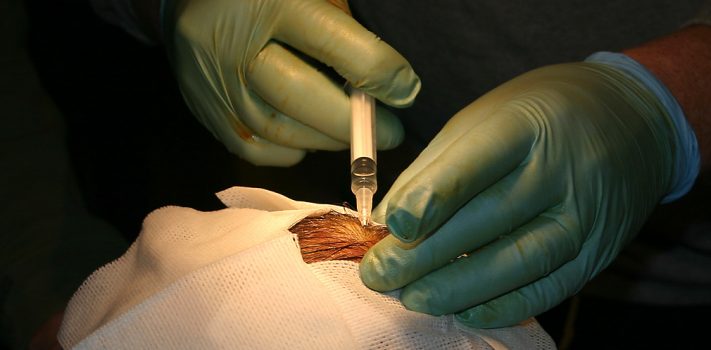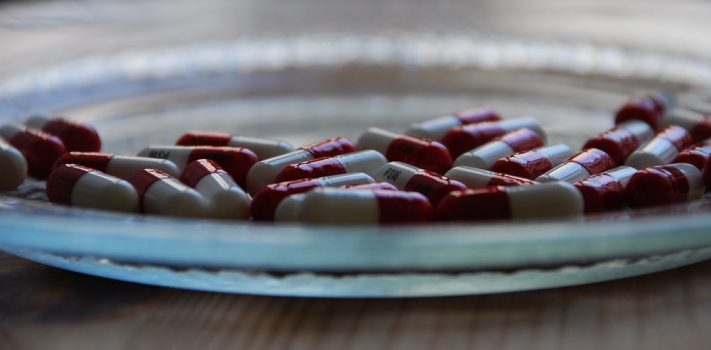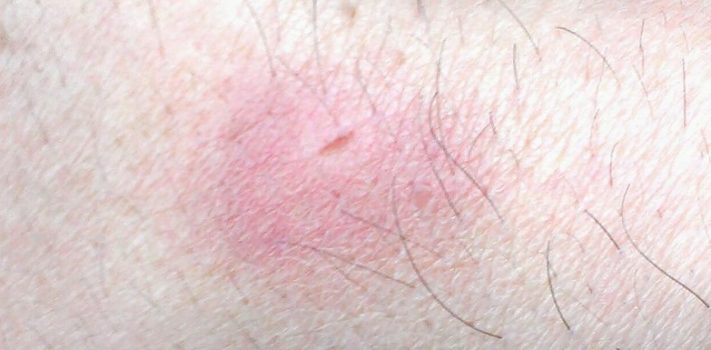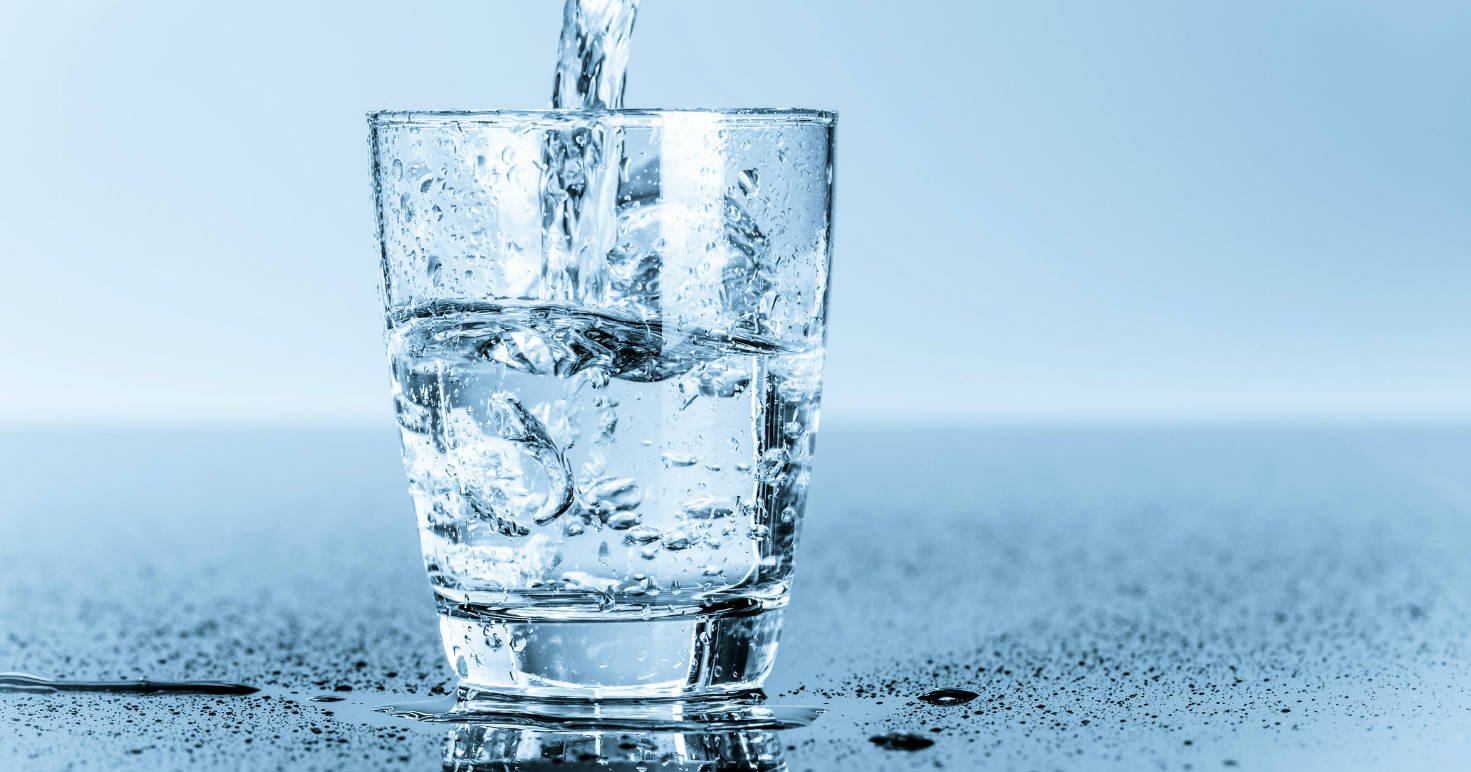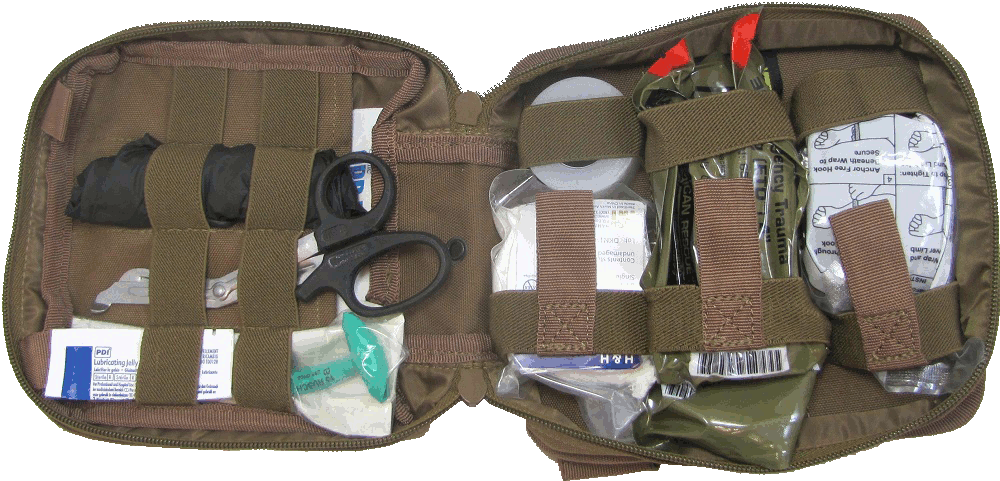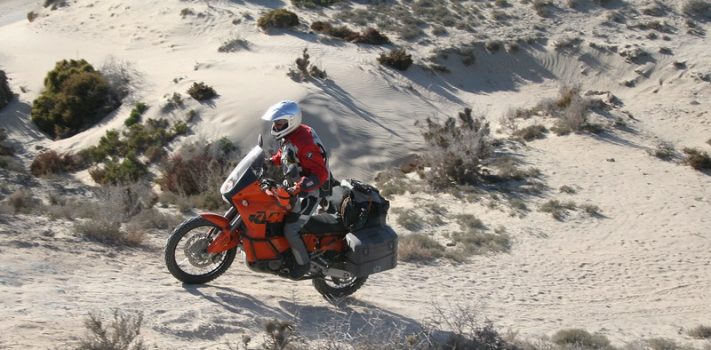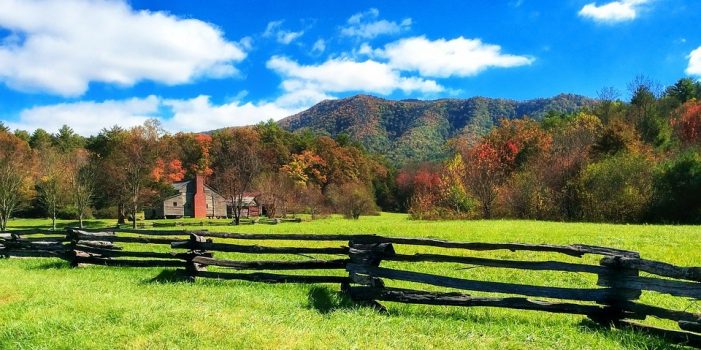Making Lidocaine for Injection, by R.J.
Important Introductory Disclaimer: I am not a licensed health practitioner. This article suggests knowledge and understanding you might wish to acquire in advance of a disaster in case no higher care is available. As long as our society is functioning, you should leave anything more substantial than applying a Band-Aid to the professionals. No medication, including those available over the counter, should be taken without consulting a physician. Preparation of sterile medications by non-professionals should only be attempted in extreme emergencies where there is absolutely no access to commercially-prepared medicines. Information shared here is for educational and entertainment purposes only. …

